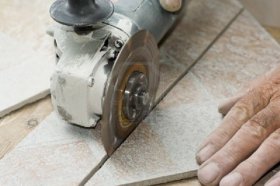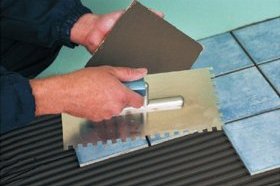How To Put A Ceramic Plug
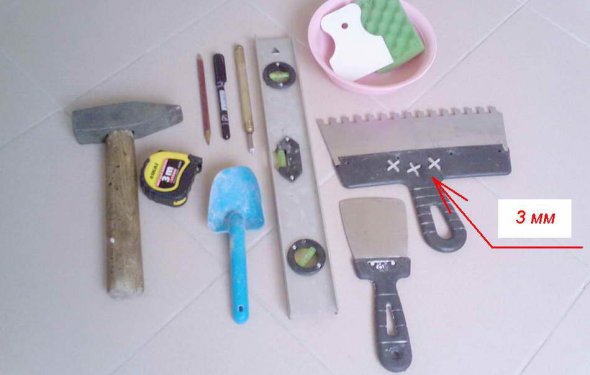
 Ceramic plate marking is a great way for a few or three decades to deny yourself the pleasure of regularly updating the lost, shattered, distracted externally attractive interior surfaces. In addition to economic priorities, the cafeteria facilitates care processes, improves the aesthetic and technical quality of the sexes, walls, fragmented areas. New series of ceramic stoves simulating old specimen, expensive wood varieties, natural minerals, can replace any separate material. Instead, it is successfully used to use a cut-off stove that is acceptable at a price to owners of apartments with any income level.
Ceramic plate marking is a great way for a few or three decades to deny yourself the pleasure of regularly updating the lost, shattered, distracted externally attractive interior surfaces. In addition to economic priorities, the cafeteria facilitates care processes, improves the aesthetic and technical quality of the sexes, walls, fragmented areas. New series of ceramic stoves simulating old specimen, expensive wood varieties, natural minerals, can replace any separate material. Instead, it is successfully used to use a cut-off stove that is acceptable at a price to owners of apartments with any income level.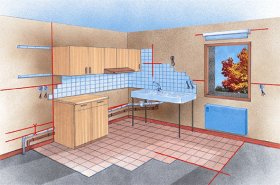 Reducing the cost of the cover by almost half will help in laying the café with its own hands.
Reducing the cost of the cover by almost half will help in laying the café with its own hands.
Cafel is traditionally used to separate spaces with specific operating conditions. It is stored in economic rooms that require frequent water and active household chemistry cleaning. The cafele is fully or partially placed in the sanusles, separating adjacent and kitchen spaces. The material is not sensitive to an aggressive environment, water, vapour, temperature fluctuations. It's not erased, it retains the colorful saturation throughout the service period.
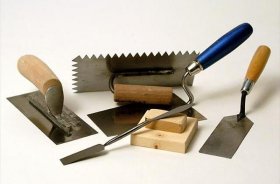
Cafel, simulating textur and malahite colour, in the design of the bathroom
It's pointless to be convinced in the top of the castle's priorities, because there's a café in almost every apartment. However, for the masters who have never done the job, the laying seems to be an overriding task. Work is, in fact, labour-intensive and petty, but available for a start-up master. The future Consignor has sufficient knowledge of technology, and it can be bold to proceed with the idea. In addition to information on the technology rules for the cafeteria, it will need patience, tools and material to separate its housing.
The future Consignor has sufficient knowledge of technology, and it can be bold to proceed with the idea. In addition to information on the technology rules for the cafeteria, it will need patience, tools and material to separate its housing.
The first step of the implementing party will be to measure the area, not always converging with BTI data. Simple wheels need to measure axles and diagons, study horizontal and vertical planes, triangle to check the angular parameters between the surfaces involved in order to identify and plan the forthcoming work front.
It's important. According to the regulatory documentation, the tolerance limit is 0.2 per cent or 2 mm per square metre. The angles between the walls and the floor and wall shall be strictly 90°.
